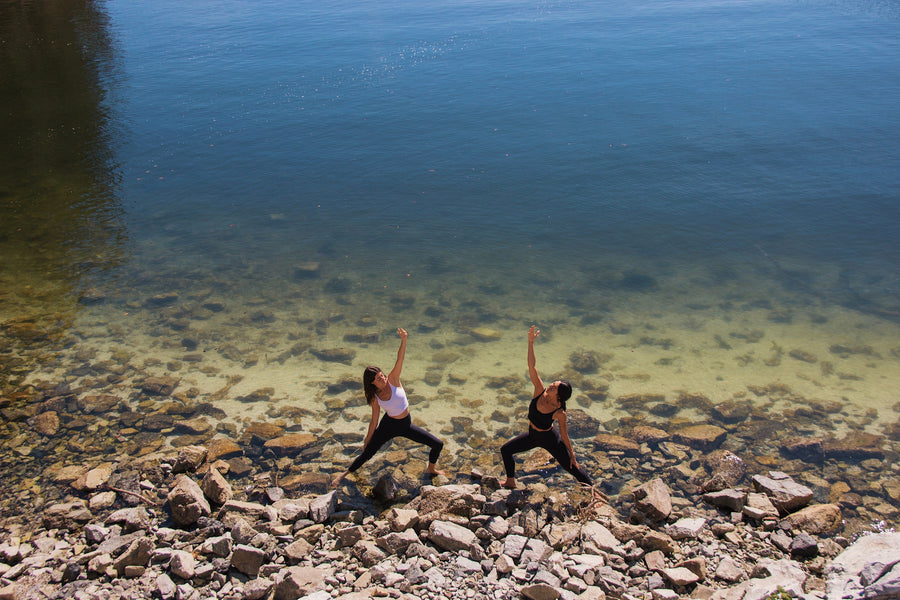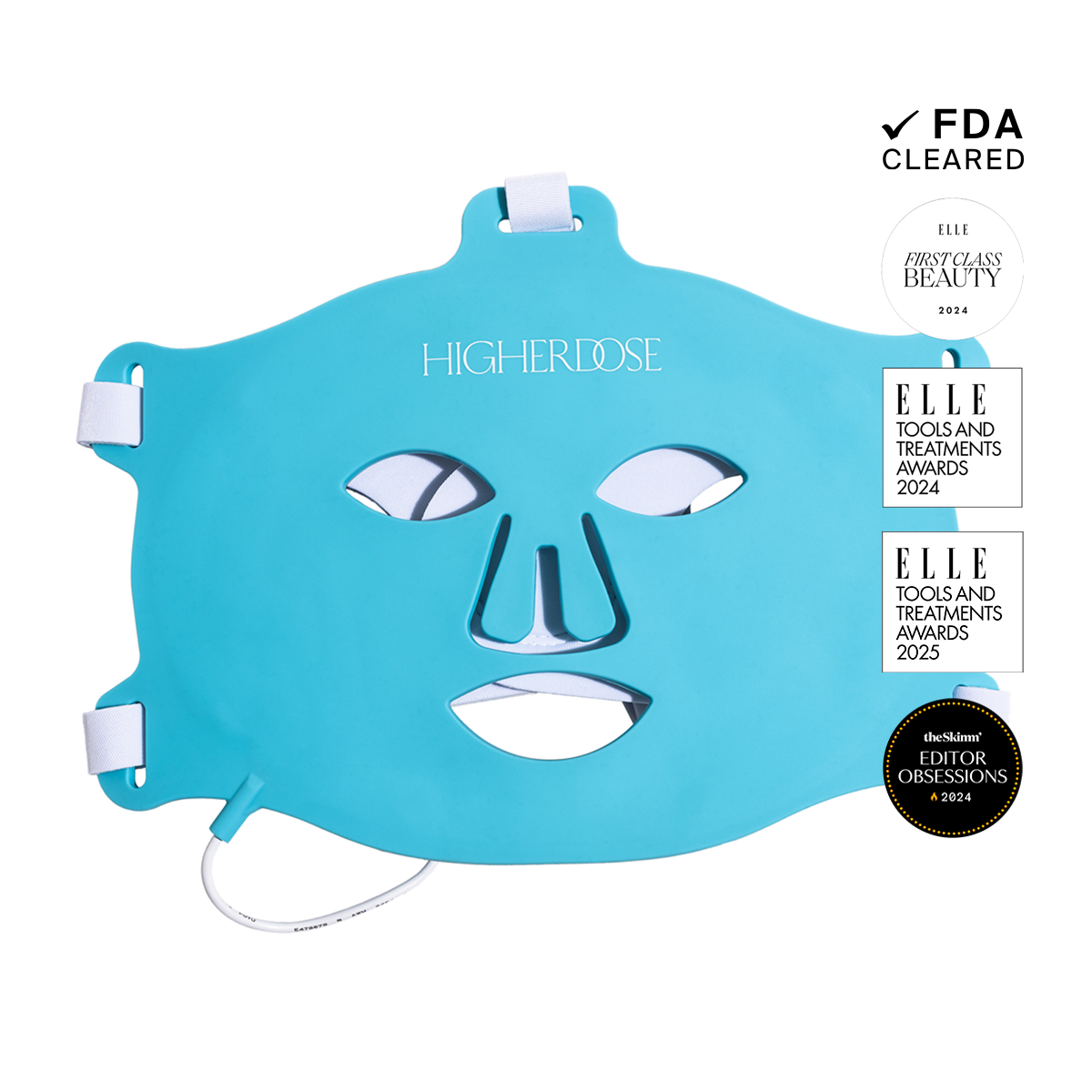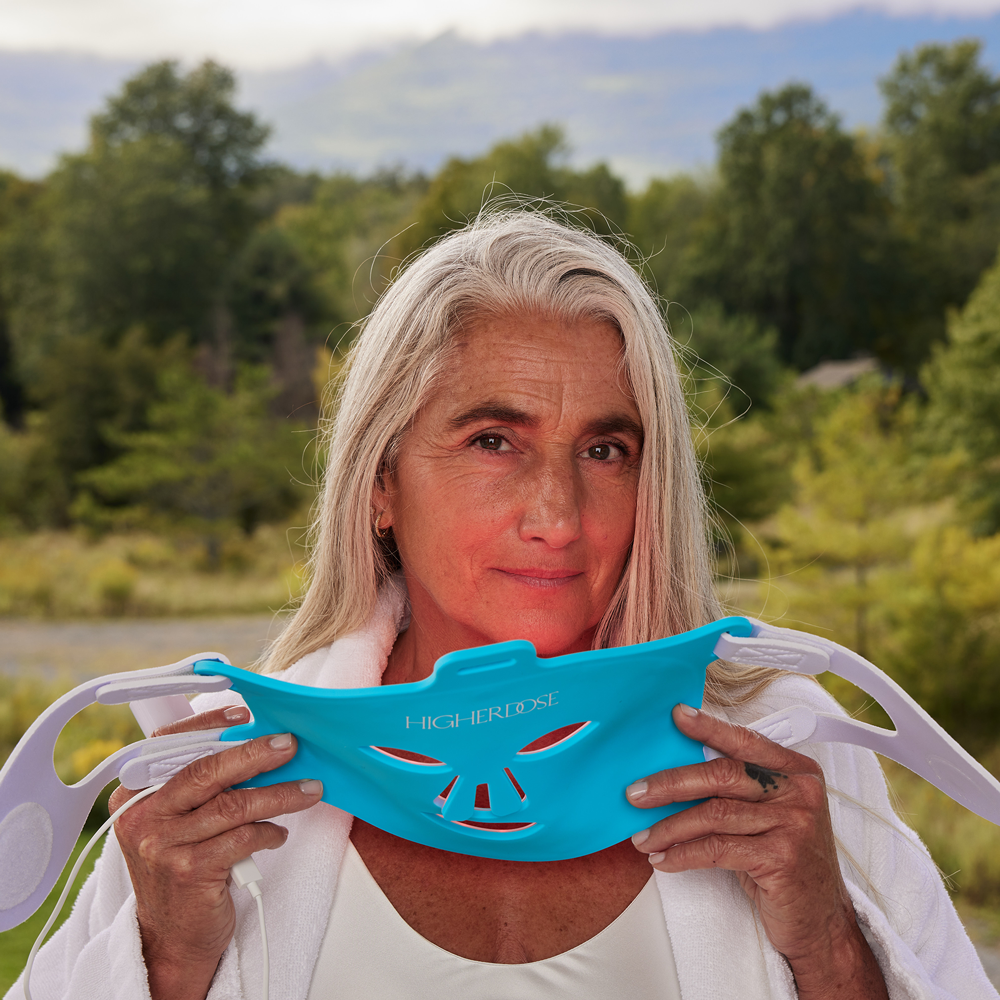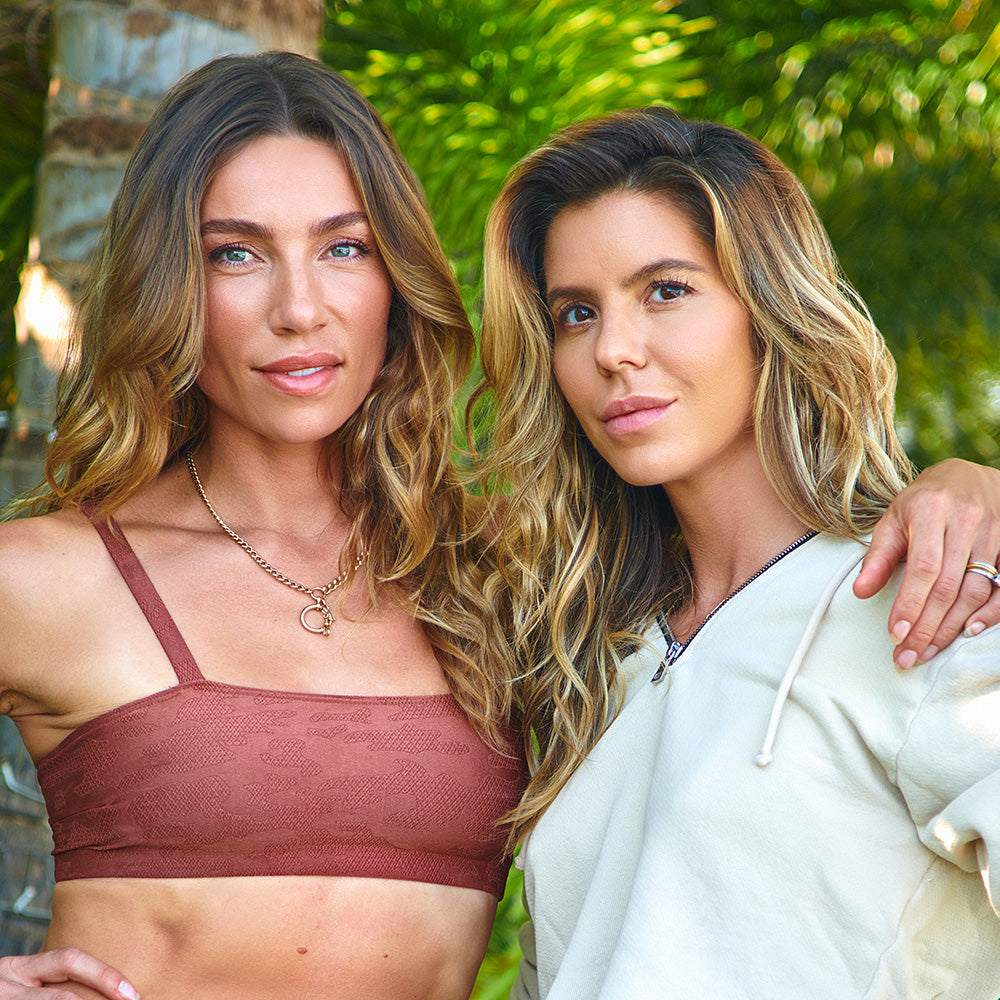
Global Wellness: Practices & Rituals from Around the World
Let’s face it: in our hectic, always-on world, wellness is no longer just another buzzword. It's now a way of life that helps us find balance, inner peace, and better health.
From the breathtaking mountains of Asia to the vibrant communities of Africa, every culture has its own take on what it means to be well. These practices, passed down through generations, offer us incredible insights into healing, mindfulness, and living longer, healthier lives.
In this article, we’ll explore global wellness around the world and how traditions from various cultures can be integrated into your own self-care ritual.
What Is Global Wellness?
Think of global wellness as humanity's shared quest to feel good – physically, mentally, and emotionally. Around the world, each culture brings its own special flavor to the wellness table, shaped by their unique environment, philosophies, and customs.
From yoga in India to the use of medicinal herbs in Africa, these practices are rooted in centuries of tradition and continue to inspire contemporary wellness trends. But global wellness isn’t just about picking and choosing rituals from different cultures. It also inspires us to forge a deeper connection with ourselves, our environment, and the greater world around us.
Wellness Traditions from Different Cultures
Every culture has its own wisdom about staying healthy and finding balance. Let's explore some of these fascinating approaches to wellness from around the world.
Asian Practices
Asia has long been considered the spiritual home of wellness, and for good reason. The healing traditions that influence wellness in Asia have profoundly shaped how we think about health and well-being globally.
Take Traditional Chinese Medicine (TCM), for instance. TCM is a sophisticated system of healing that's stood the test of time for thousands of years. Through practices like acupuncture, herbal medicines, and Tai Chi, TCM works to restore harmony within the body. If you've ever tried acupuncture for stress relief or pain management, you're experiencing just one piece of this incredible tradition.
Then there's Ayurveda from India – a holistic approach that's all about finding balance in your mind, body, and spirit. Ever tried oil pulling or sipped on specific herbal teas for your body type? That's Ayurveda in action.
And in Japan, Zen meditation, or Zazen, encourages practitioners to sit in stillness, focusing on the present moment to achieve mental clarity. It’s rooted in simplicity and contemplation, often accompanied by a ritualistic tea ceremony, which promotes mindfulness.
These practices are becoming increasingly popular worldwide, and it's easy to see why – they offer natural ways to detoxify and rejuvenate.

European Wellness Rituals
Europe brings its own unique perspective to wellness, often centered around connecting with nature and the healing power of water.
The Finnish sauna culture is a perfect example. This sauna is more than just a form of heat therapy – it’s a sacred space for physical and mental purification. The ritual of sitting in a sauna, alternating between intense heat and cold, is thought to detoxify the body, improve circulation, and boost mood. Many Europeans now swear by regular sauna sessions as a way to unwind, destress, and promote skin health.
France, Italy, Hungary, Germany and other European countries have their own take with balneotherapy – therapeutic bathing in mineral-rich waters. It's been a cornerstone of European wellness for centuries, and now spas worldwide are catching on to its benefits for skin health and muscle relaxation.

African Traditions
African wellness practices are deeply intertwined with spirituality, ancestral knowledge, and community. Many of these practices use the natural elements of earth, water, fire, and air as tools for healing.
Across many African cultures, herbal medicines play an essential role in maintaining health and healing the body. From moringa for boosting immunity to rooibos tea for its antioxidant properties, these natural, plant-based therapies are integral to African wellness traditions.
Movement and rhythm are also at the heart of African wellness. Traditional dance and drumming ceremonies are believed to release negative energy and restore balance to the body. These practices promote physical fitness, emotional release, and a deep sense of connection to the earth and community.
Indigenous Practices
Indigenous wellness practices have a profound depth that comes from thousands of years of wisdom passed down through generations. These ceremonies connect people with the land, the elements, and their ancestors.
The Native Temazcal sweat lodge, for example, is a potent purification ritual from Mexico and Central America. It uses heat, steam, and medicinal herbs to cleanse the body, mind, and spirit. The sweat lodge ritual involves sweating out what no longer serves you and reconnecting with Mother Earth to experience a rebirth. This includes three hours of profuse sweating in temperatures that reach three to four times hotter than a modern sauna.
Another powerful Indigenous practice is the shamanic use of Kambo, a frog venom used in South America for physical and spiritual cleansing. This potent medicine is said to help release deep emotional blockages, detoxify the body, and enhance mental clarity.
Modern Innovations
While traditional practices have had a huge influence on contemporary wellness approaches, modern technologies have ushered in a new era of self-care.
Infrared mats and sauna blankets, for example, use infrared light to deeply penetrate the skin, promoting detoxification, muscle relaxation, and improved circulation in the comfort of your own home.
PEMF (Pulsed Electromagnetic Field) therapy stimulates cellular function, reducing inflammation, speeding recovery, and promoting deep relaxation. Devices like the Infrared PEMF Mat combine heat and electromagnetic fields for powerful healing benefits.

Red light therapy is another game-changer, praised for improving skin health, reducing inflammation, and boosting energy. Tools like the HigherDOSE Red Light Face Mask help promote collagen production and rejuvenate the skin, making it a perfect addition to any self-care ritual.
How to Incorporate Global Wellness Into Your Life
Want to start exploring time-honored wellness practices from around the globe? Here are some practical ways to begin your journey:
-
Try a new self-care ritual: Experiment with practices like meditation, herbal teas, or a sauna session to see what resonates with you.
-
Embrace movement: Explore practices like yoga, Tai Chi, or even traditional dance to boost your physical and mental well-being.
-
Use natural remedies: Consider adding herbal remedies or essential oils to your wellness routine for holistic health benefits.
-
Stay open-minded: Wellness around the world is diverse. Keep an open mind as you explore different practices and find what works best for your body and spirit.

The Importance of Cultural Respect in Wellness Practices
As you explore global wellness practices, remember that respect and understanding are key. These aren't just self-care trends – they're meaningful traditions that have helped people connect with mind, body, spirit, and community for millennia. Take time to learn about the cultural significance behind these practices, and if possible, learn from those who deeply understand these traditions.
FAQs About Global Wellness
Are traditional wellness rituals safe to practice?
While many traditional wellness practices are beneficial, it's always worth doing your homework first. Research thoroughly and consult with qualified practitioners before trying anything new. Always listen to your body – it's your best guide.
How can I incorporate traditional wellness practices into my lifestyle?
Many ancient wellness practices adapt beautifully to contemporary life. Whether it's a quick meditation session during your lunch break or using traditional herbal remedies, try to find rituals that work for your schedule and have a meaningful, positive impact on your life.
What is Global Wellness Day?
Global Wellness Day, celebrated annually on the second Saturday of June, is a celebration that reminds us all to pause and prioritize our well-being. It's a beautiful opportunity to connect with others and share in the global tradition of self-care.
When it comes to global wellness, the journey is never complete and there's so much to explore. Whether you're drawn to ancient healing techniques or modern wellness innovations, remember that the goal is finding what brings you balance and joy. Take what resonates with you, practice with respect, and enjoy the process of discovering your own path to wellness.
Cited Sources:



















